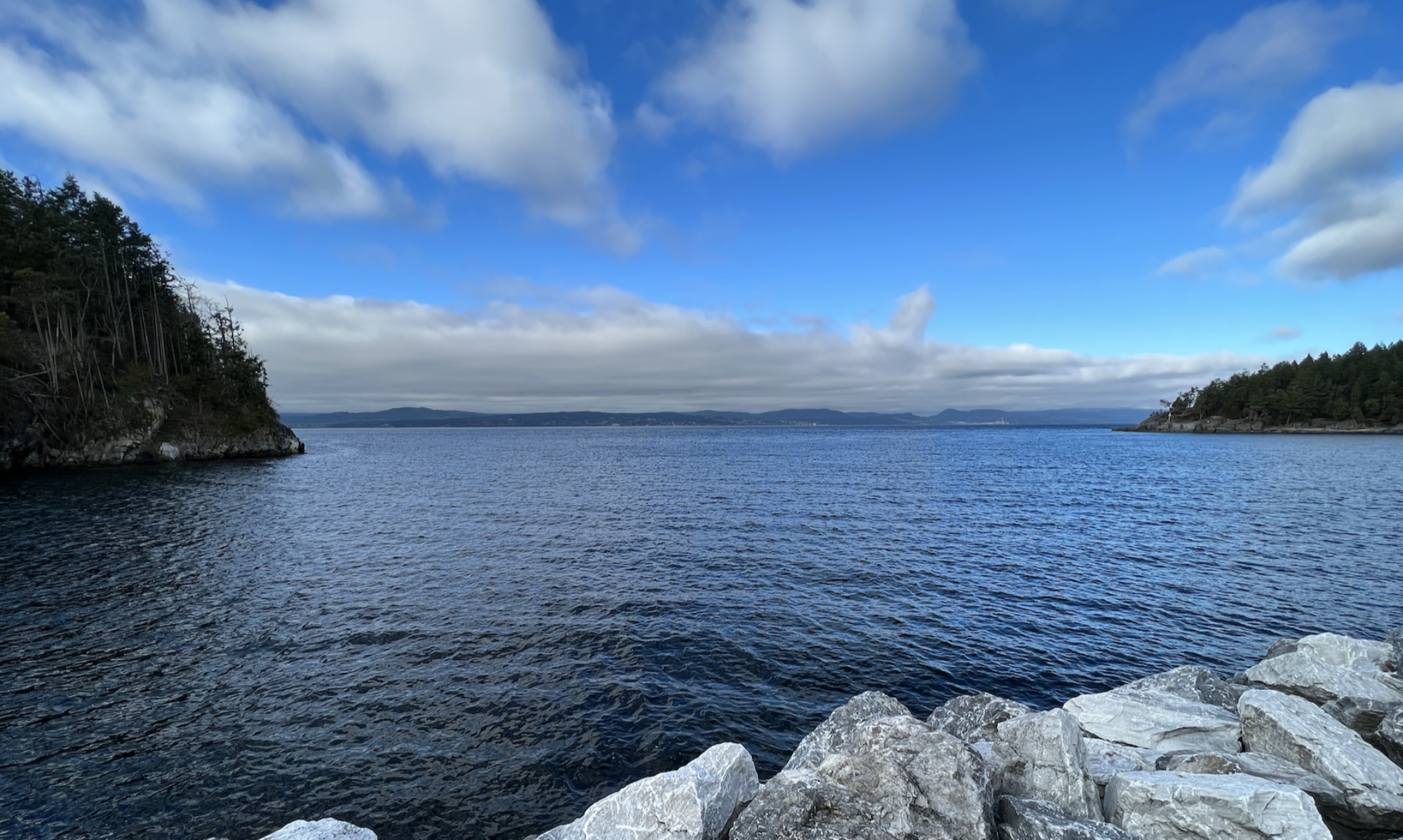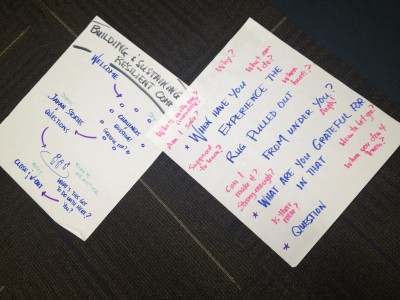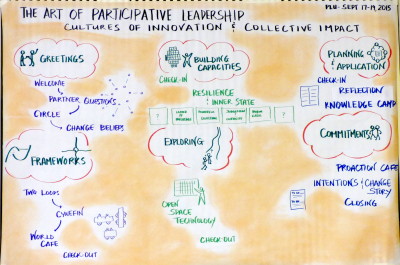Here’s an oversimplified story, but it is still worth saying because it is pattern.
In my teens and twenties it seemed to me that being a man had a lot to do with being tough. Stoic. Competitive. Never letting my guard down. Outsmarting others. Never showing weakness.
In my thirties and forties it seemed to me there was more to being a man than that. There were cracks in those images. And it was just getting tiring to hold living up to those images. Silly even. It was time to learn with other men in stories, and even rituals. I started participating in a men’s retreat and varied men’s groups. Dialogue groups. Drumming circles.
In my fifties, I continue to learn about opening myself. As man, yes. As human, yes.
I’d like to think I’m reasonably evolved about these things. If I give myself permission to say it, I am quite evolved with these. Not done evolving. But have done some pretty good letting go, working with boundaries, exploring the roots of experience and feeling. And I’m through a cycle now, watching some of this earlier phase play out in my sons and other younger men, which is rather retroactively informative!
My friend Kinde Nebeker just posted a piece, “The Man of Awakened Heart.” I quite like here list of traits, which I’ve copied below. Her full post is worth a read. (Kinde is also someone that I’m starting to work with. Later in October we are offering a leadership session on “The Inner and The Outer of Evolutionary Leadership.”)
- He is able to express a full range of emotion — love, anger, compassion, fear are all alive in him. He does not squash any emotion; though he is also able to express his emotions appropriately.
- He gives full-bodied hugs that are filled with presence and caring. He is able to hug both women and other men in this way.
- He has the capacity to listen deeply with his full attention.
- He has gone beyond the need to live up to some ideal of manly identity. Who he actually IS as a man is enough.
- He has clear boundaries, but no armor. His boundaries are fluid, not rigid.
- He has the capacity to go into the frightening territory of his own shadow and his own vulnerability. He can stand in that vulnerability, in the place of not knowing, without trying to cover his butt.
- He has come to know and honor his own feminine energy. It is alive in him and he has a conscious relationship with that energy.
- He can take action, letting his heart give him guidance.
- He smiles a lot because his heart has been broken repeatedly and he has let it break — standing the pain, and eventually letting his heart open wider. In doing so, that heart of his becomes the strongest muscle he has. He has the capacity to deeply love many people.
It may be an oversimplified story, but it’s worth leaning in to, no. If I go big with it, it’s worth leaning in to because it helps make conscious the choice of who men are and invites growth. Or, stay simple, it helps create awareness in the life of a dad and a son figuring out the day to day.


